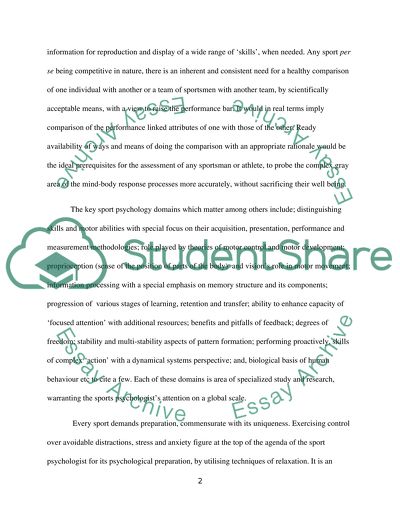Cite this document
(The Application Aspect of Sport Psychology Case Study - 1, n.d.)
The Application Aspect of Sport Psychology Case Study - 1. Retrieved from https://studentshare.org/sports-and-recreation/1578876-sport-psychology
The Application Aspect of Sport Psychology Case Study - 1. Retrieved from https://studentshare.org/sports-and-recreation/1578876-sport-psychology
(The Application Aspect of Sport Psychology Case Study - 1)
The Application Aspect of Sport Psychology Case Study - 1. https://studentshare.org/sports-and-recreation/1578876-sport-psychology.
The Application Aspect of Sport Psychology Case Study - 1. https://studentshare.org/sports-and-recreation/1578876-sport-psychology.
“The Application Aspect of Sport Psychology Case Study - 1”. https://studentshare.org/sports-and-recreation/1578876-sport-psychology.


